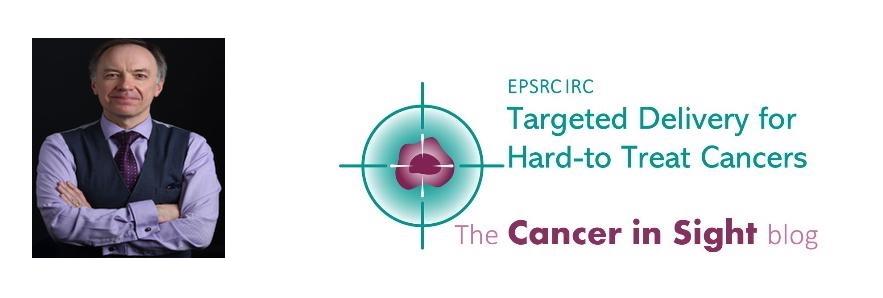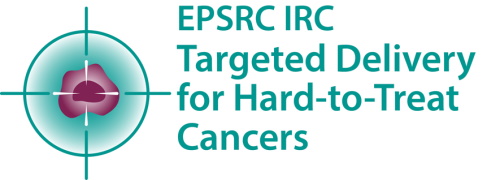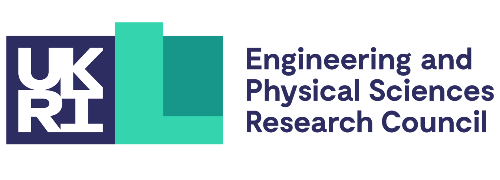
Clinician Stefan Marciniak, Professor of Respiratory Science at the University of Cambridge, explains why targeted delivery could be transformative for mesothelioma patients.
As Professor of Respiratory Science and a Consultant in Respiratory Medicine at Addenbrooke's Hospital and the Royal Papworth Hospital, mesothelioma is one of the conditions I diagnose in my clinical practice.
My role is shared between clinical duties, research and teaching. Because the typical survival with mesothelioma remains around 12 to 18 months from diagnosis, it has become a major focus for my research team. Until recently the standard treatment for mesothelioma has remained relatively stagnant for about 20 years – pemetrexed and cisplatin being the chemotherapy drugs used throughout that time. However, some advances are being made: a new drug, bevacizumab, was shown in 2016 to add another two and a half months to the median survival but has not been licensed for use in the UK at this time. Very recently the UK National Institute for Health and Care Excellence (NICE) has approved the use of two immunotherapy drugs, Nivolumab with Ipilimumab, for first line treatment of pleural mesothelioma. This combination appears to have particular benefit in non-epithelioid subtypes of mesothelioma, improving the median survival in sarcomatoid mesothelioma to the 18 months we see in epithelioid subtypes. Surgery, which is performed in some other countries for mesothelioma, has so far not been shown to have significant benefit. However, we are currently awaiting results of a large surgical trial (MARS2) in the UK.
Despite some recent advances, the outlook for many patients with mesothelioma remains bleak, which is the main impetus for our research.
Mesobank
My lab, based at the Cambridge Institute for Medical Research (CIMR), carries out cell biology research into cell stress in lung diseases, including mesothelioma. Historically, cell models of mesothelioma, which are vital for research to improve treatments, have been very poor. Mesothelioma is a relatively rare cancer – about 2700 cases a year in the UK – so it can be difficult for scientists to get access to high-quality tissue samples in a timely manner for their research. To address this problem, working with my colleague Robert Rintoul, Professor of Thoracic Oncology at Cambridge, we created a national tissue bank, Mesobank, which is now the UK’s largest collection of high-quality tissue, cells and blood samples donated by patients with pleural mesothelioma.
Since its launch in 2012, Mesobank, now based on the Cambridge Biomedical Campus, has grown and with funding from the British Lung Foundation and The Victor Dahdaleh Foundation, more mesothelioma samples and cell models have been made available for distribution to researchers throughout the world. We continue to improve these models, for example by developing ‘oganoids’ – mini tumours that more accurately reflect mesothelioma in the lab. To make these cell models more useful to researchers, we are systematically characterising them by DNA and RNA sequencing, drug-screening, and identifying their essential genes in collaboration with colleagues at the Wellcome Sanger Institute. This growing research focus has helped to increase interest in mesothelioma at Cambridge, where there is now a critical mass of knowledge and expertise, including a regional specialist Mesothelioma Centre at the Royal Papworth Hospital led by Robert Rintoul. This activity also led to mesothelioma being one of the three hard-to-treat cancers targeted by the IRC programme.
Targeted drug delivery
At the IRC researchers are looking at more innovative ways of delivering existing drugs – trying different types of drugs to treat mesothelioma simply hasn't worked. Mesothelioma is largely restricted to the pleural space between the chest wall and the lung that can fill up with either tumour or fluid. Mesothelioma can spread, but the disease development is mainly progressive and locally invasive – which means targeted treatments should be effective.
I’m currently working with the IRC’s David David Fairen-Jimenez, Professor of Molecular Engineering, to explore the use of metal-organic frameworks (MOFs) as high capacity nanoparticular delivery vehicles with targeting capabilities to look at how these devices are taken off by mesothelioma cells. Mesothelioma is also of interest to the work of Oren Scherman, Professor of Supramolecular and Polymer Chemistry, who is developing a hydrogel for direct application to the resection cavity in the brain following removal of the bulk of a glioblastoma tumour. The hydrogels release chemotherapeutic agents at the resection surface immediately targeting residual tumour fragments, and could be applicable to mesothelioma for which chemotherapy is currently given systemically causing side effects. But if the chemotherapy-eluting gels could be developed to work inside the chest cavity in the same way, that would certainly have benefits for the patient.
Manufacturing in the mix
What if we were able to combine the hydrogels loaded with the MOFs containing chemotherapy? It’s entirely plausible and thanks to the interdisciplinary nature of the IRC programme which incorporates manufacturing expertise at an early stage, we can really start thinking about what we would need to do to make this happen.
I invited a number of IRC manufacturing researchers to meet with clinicians with whom I work to observe some standard procedures used to treat mesothelioma. These included inserting a chest drain, and having watched the procedure, the engineers took the tubing used back to the lab to see if the hydrogels being developed could actually flow through the tubing the clinicians use – these delivery technologies have to be practical as well as clever.
Patient perspective
The majority of mesothelioma patients are older men who have worked in professions that brought them into contact with asbestos. They are sometimes frail and unable to tolerate radical treatment, so being able to deliver targeted treatment that reduces side effects would be most welcome. We are also seeing a small number of women who have been affected by their husband’s or father’s occupation and even younger women with no obvious link with industrial asbestos – such as Helen Bone who wrote about her own experience in last month’s Cancer in Sight blog. Although asbestos has now been banned for many years, our buildings, including some schools and hospitals, are filled with it. Because the use of asbestos was eventually banned in the UK, the number of mesothelioma cases in the UK will peak within the next few years and start drifting down, but there will be many more cases around the world throughout this century because global consumption of asbestos is as high now as it was in the 1960s.
Mesothelioma patients want to spend as much time out of hospital as possible so improving palliative care is a big win – it’s not only about cure. If we could locally deliver palliative chemotherapy that enables the patient to spend more time in the final months of life with their family rather than being in hospital, that is a significant gain. My hope is that the IRC can progress new technologies that enable local and targeted delivery of treatment with the potential to reduce side effects – which would be a great way of improving the quality of life for mesothelioma patients.


